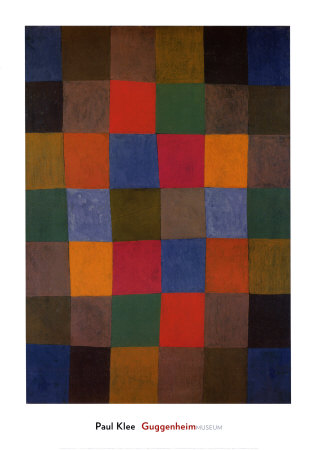New Harmony boasts vibrant colour choices from master Klee
Paul Klee was a diligent student in nature, mathematics, science and music. He applied this to his interests in art where his purely intellectual works have their own separate subject matter.
This is more visible in his New Harmony paintings which reflect the artist’s interest in musical compositions and colour theory.
This late painting, done in 1936, was among Klee’s last compositions. He explores a new theme towards novel creativity and innovation. According to art historian experts, the composition of this painting is based on a bilaterally inverted symmetry.
The left side of the painting is a direct reflection of the painting on the left. The tone of colours portrays a non-thematic tone in music. It depicts Klee’s interest in musical composition and colour theory. He uses 12 hues in New Harmony similar to the 12 tone in music.
In other paintings, Klee has used visual representations to show geometry analogy. After his trip to Egypt, he represent the Nile with a geometry of tonal variations and square lattice.
In this painting, he simply portrays his great interest in colour theory. Flat representations of painted rectangles appeared in his work as early as 1915. He later evolved his an expression of colour with musical notation.
This work of art has been historically used as an abstract works. It shows the trends in painting between 1919 and 1939. This was a time when abstract artists such as Paul Klee flourished.
They discovered new techniques of paintings across mediums of drawing sculpture and painting.
Klee himself developed his first pure abstract in 1914. He initially developed coloured rectangles as his painting building block. His selection of particular colours was mainly used to emulate a musical key.




